When to Use 12/2 Vs 12/3 Wire | A Complete Guideline
When it comes to electrical projects, selecting the right wire can make all the difference between a safe, efficient system and a potential disaster.
In this comprehensive guide, we delve into the critical decision of when to use 12/2 vs. 12/3 wire. These two seemingly similar options have distinct applications that can significantly impact the performance and safety of your electrical circuits.
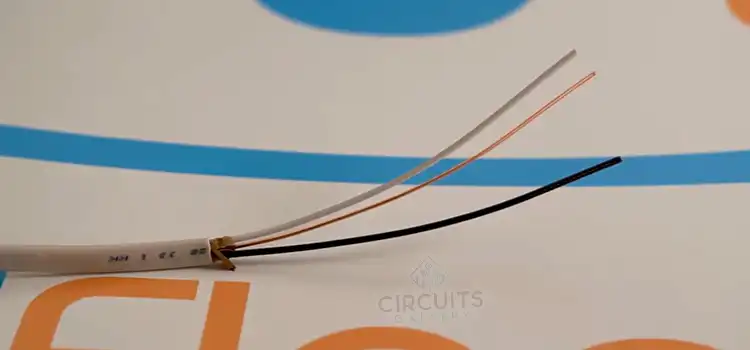
Wire Gauge and Conductors
Emphasizing wire gauge and conductor differences aids in selecting the suitable wire for distinct electrical requirements, ensuring safety and efficient performance.
Wire Gauge
The wire gauge measures the diameter and thickness of electrical wires, which are crucial for handling current flow. It’s denoted by numbers; lower numbers signify thicker wires. Explaining this helps in comprehending the wire’s capability to handle electrical load.
Differentiating Conductors
Different wire types, like 12/2 and 12/3, possess varying conductor counts. 12/2 wire holds two conductors along with a ground wire, while 12/3 consists of three conductors and a ground wire. This distinction determines their specific applications and functionalities in electrical setups.
Factors to Consider Between 12/2 and 12/3 Wire
When deciding between 12/2 and 12/3 wire, several important factors come into play. This section explores these considerations, helping you make an informed choice based on your specific needs.
Matching Wire to Circuit Requirements
Voltage and Amperage Needs: Understanding the power requirements of your electrical circuits is the first step in selecting the right wire type.
Circuit Type: Different circuits, such as lighting or appliances, may have varying demands, and you should choose the wire that aligns with these requirements.
Voltage Considerations for 12/2 and 12/3
Single vs. Multi-Pole Circuits: Learn when to use 12/2 or 12/3 based on whether your electrical system requires single-pole or multi-pole circuits.
Voltage Drop: Avoid power losses by considering voltage drop and selecting the appropriate wire gauge.
Cost, Availability, and Budget Concerns
Budget Constraints: Evaluate your project’s financial limitations and explore how wire costs may affect your decision.
Wire Availability: Ensure that your chosen wire type is readily available in your local market, preventing delays in your project.
Future-Proofing and Flexibility
Room for Expansion: Consider potential future needs and whether the chosen wire type allows for easy expansion of your electrical system.
Adaptability to Changing Circumstances: Assess how adaptable your wiring will be to any changes in your home or building’s layout.
Making the right choice between 12/2 and 12/3 wire depends on a combination of these factors. By carefully considering these elements, you can ensure a safe and efficient electrical system that meets your specific requirements.
Safety and Code Compliance
Ensuring your electrical work is safe and complies with relevant codes and regulations is paramount. This section explains the importance of safety and code adherence.
Adhering to Electrical Codes and Standards
Why Codes Matter: Explore why following electrical codes and standards is vital to maintain safety and prevent hazards.
Local Regulations: Understand that codes can vary by location, so it’s crucial to be aware of the specific regulations in your area.
Safety Considerations for Different Applications
Avoiding Hazards: Learn how proper wire selection can minimize the risk of overheating, short circuits, or electrical fires.
Protecting Against Overloads: Discover how the right wire choice safeguards against overloading circuits and potential damage to your electrical system.
Grounding and Bonding Requirements
Grounding Explained: Understand the necessity of grounding wires to provide a safe path for electrical faults.
Bonding for Safety: Learn about bonding to prevent dangerous voltage differences and maintain safety in your wiring.
Wiring Diagrams and Examples of 12/2 and 12/3 Wire
Understanding how 12/2 and 12/3 wires are utilized in practical applications can greatly assist in comprehending their distinct uses and benefits in electrical configurations.
12/2 Wire Applications
Wiring Diagram 1 – Basic Household Circuit
A simple illustration displaying the utilization of 12/2 wire in a standard household circuit. This could encompass connections for outlets, switches, or lighting fixtures commonly found in residential settings.
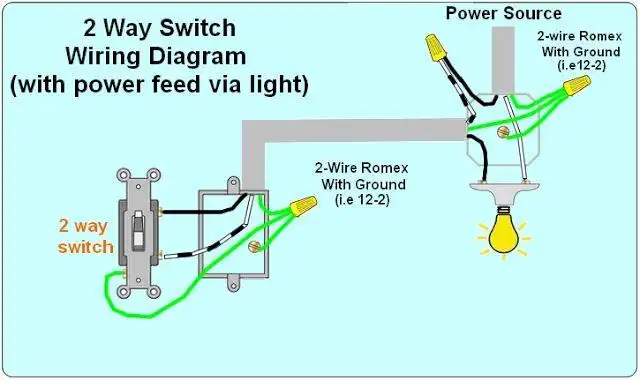
Image 1: Wiring Diagram of 12/2 Wire
Example 1 – Outlet Wiring
Practical guidance demonstrating the use of 12/2 wire in connecting outlets within a room. The wiring layout is explained step by step, emphasizing safety measures and correct installation methods.
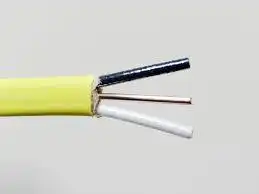
Figure 01: Image of 12/2 Wire
12/3 Wire Applications
Wiring Diagram 2 – Three-Way Switch Circuit
A visual representation highlighting the application of 12/3 wire in a three-way switch setup. This diagram showcases how the additional conductor in the 12/3 wire is employed to facilitate multi-switch control over lighting or devices.
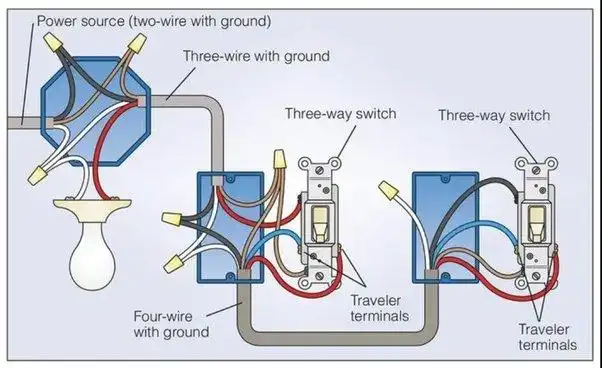
Image 2: Wiring Diagram of 12/3 Wire
Example 2 – Multi-Wire Branch Circuit
A real-world scenario presenting the use of 12/3 wire in a multi-wire branch circuit. This demonstrates how the additional conductor in the 12/3 wire is used to enable separate circuits within the same cable, enhancing efficiency and functionality.
These wiring diagrams aim to provide a clear visual and descriptive understanding of how both 12/2 and 12/3 wires are implemented in various electrical setups.
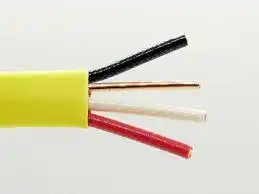
Figure 02: Image of 12/3 wiring
Frequently Asked Questions
1. Can I use 12/3 wire in place of 12/2 wire for regular outlets?
It’s not prohibited to use 12/3 wire for regular outlets. However, since the 12/3 wire contains an extra conductor, it might be more expensive and may not be needed for standard outlet installations. 12/2 wire suffices for typical outlet wiring.
2. Can I mix 12/2 and 12/3 wires in the same circuit?
Mixing 12/2 and 12/3 wires in the same circuit isn’t recommended unless the setup necessitates it, and the user fully understands the implications. It’s best to maintain consistency in wiring for simplicity and safety.
3. How do I identify 12/2 and 12/3 wires?
The labeling on the wire jacket typically denotes whether it’s 12/2 or 12/3 wire. For instance, “12/2” means it’s a cable with two conductors and a ground wire, while “12/3” signifies three conductors and a ground wire.
Conclusion
In the realm of electrical wiring, the distinction between 12/2 and 12/3 wires is pivotal. The choice hinges on circuit demands and specific applications. Safety, compliance with electrical codes, and a thorough grasp of the project’s requisites are essential. By selecting the appropriate wire, one not only ensures a secure electrical framework but also tailors it to meet the precise operational needs.
Subscribe to our newsletter
& plug into
the world of circuits